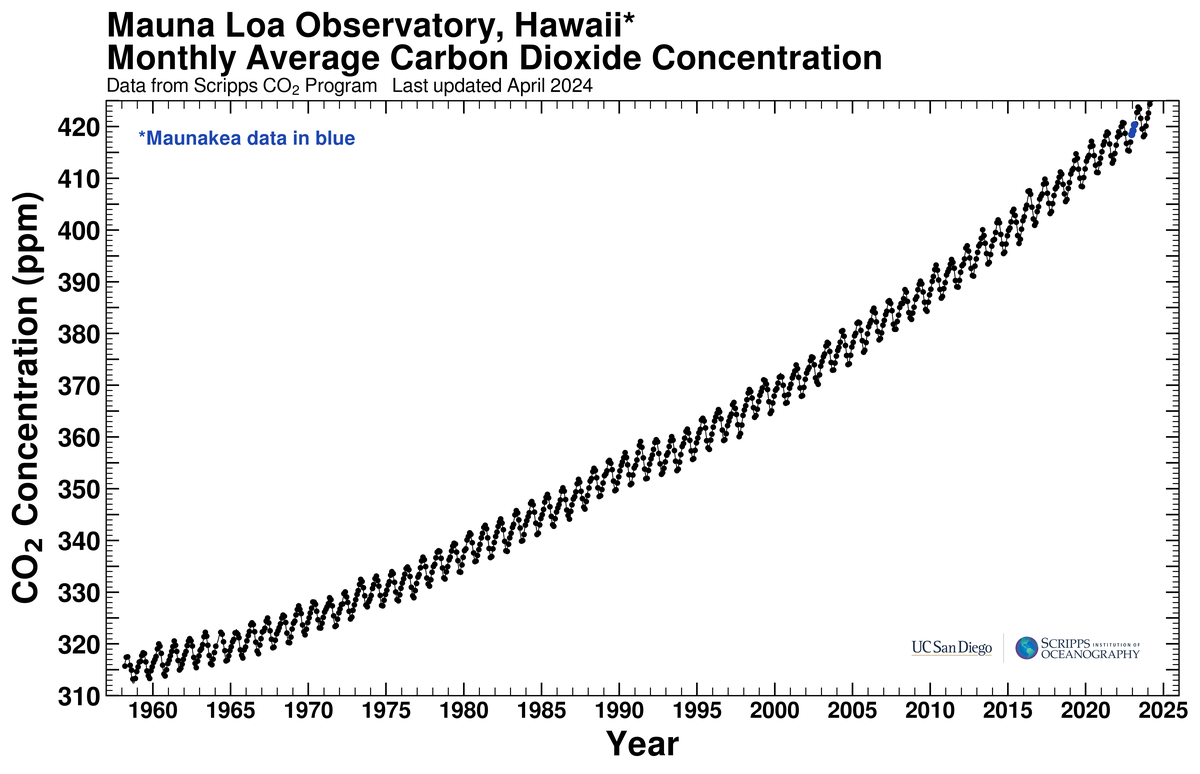The Physics of Climate Change
up:: Books

- Type:nonfiction
- Author:: Lawrence M. Krauss
- Year published:: 2021
Related: Global warming
Reflection/Review
I found this one while randomly looking for an audiobook in the library for a long drive. This book intends to simply inform about the physics of climate change, and let people make sense of it for themselves. I appreciated the angle. However, the three chapters outlining radiant forcing went a bit over my head. Might be my sleepiness on a long drive back from Stockholm though.
Apart from that, I enjoyed the book. It was dry at times but it provided a solid foundation of how climate change works. I now have a better understanding of the fundamentals and can expand looking more into the consequences.
Foreword
- The book aims to provide an explanation of the scientific facts of climate change. It informs, not discusses.
- ”The Big Bang, Evolution and Climate Change are empirical facts, not theories.” So is it easier for some Christians who dismiss the two former to also dismiss the latter?
Notes
The History of CO2 sampling
- A scientist, Dr. Charles Keeling, wanted to sample the atmospheric concentration of CO2. This was in the 1960s I believe.
- he found fluctuations in seasons (why I don’t fully understand yet)
- but an increase on average
- CO2 always fluctuated but spiked when humans industrialised
- in permafrost ice in Greenland and Antarctica ancient air bubbles are trapped. This provides a time machine in CO2 concentration. We can see how it changed even before the sampling.
Keeling Curve
Every day, since the 1960s, the atmospheric compesition gets sampled.

The Circle of CO2
- CO2 released in the atmosphere gets absorbed by the water
- the water traps it (carbonic acid) and turns it into some sort of stone sediment
- through continental plates pushing on one another and one going down it gets stored in the earth’s mantle
- through vulcanoes it gets released again
- So: high CO2, more gets trapped / low Co2 more gets released ➡️ Equilibrium
Humans release carbon at an unprecedented pace
- Humanity uses trapped carbon in decades that would have only been released in eons otherwise. We burn through it way too fast.
Carbon can be released quickly through tipping points
In prediciting the rise of carbon emissions there are a couple of unknowns. So called tipping points are feedback loops that push carbon emissions out at a greater level. For example the melting of permafrost releases more carbon, which melts more which releases more carbon and so on.
Unfortunately, these tipping points can have a sort of domino effect: Melting of ice can lead to less rain for the rainforest which starts dying and releasing carbon. That in turn increases the temperature and melts bigger ice blocks.
Earth’s atmosphere keeps us warm
- The atmosphere keeps us warm
- without an atmosphere, the Earth’s surface would be -18°C just from the sun’s warmth
- the atmosphere has a green house effect: sun light penetrates it more because of it’s wavelength. The reflected radiation gets mirrored back unto earth which leads to warmth
Radiant forcing: Carbon absorbs heat and radiates it out
- Radiative forcing: Carbon (among other greenhouse gases) is really good at keeping the warmth radiation
Warmer water rises more
- Water heats up easier than surface area
- It takes a long time to cool the planet down again. Deep water absorbed a lot of heat that it will release gradually
- the longer we release carbon, the exponentially longer it will take for the planet to cool itself down
- Water level rise because of heat expansion
Rising water levels has devastating consequences
While climate change happens globally, the specific effects
Generally, the water level will rise 0.5–1m just because of carbon emissions that have been put into the atmosphere yet. Millions of people all over the earth will be affected. Coastal regions, Northern Germany too for example.
Mekong Delta
- The Mekong Delta in Vietnam has the largest amount of fresh water fish in one river and feeds a lot of people in Vietnam and neighbouring Cambodia.
- The freshwater river pushes back the salt ocean water
- Because of sand digging the delta now is lower. Because of climate change it will be overwhelmed by the salty water eventually in the short to mid-term.
- It is the largest Rice plantation ground in the world
More carbon makes the water more acidic
Water traps carbon. More carbon, more cabonic acid. The PH-level of the water sinks. This has a variety of biological consequences. For example, the free flowing electrons that is needed for shells and by coral aren’t free anymore. So the shells and corals degrade.